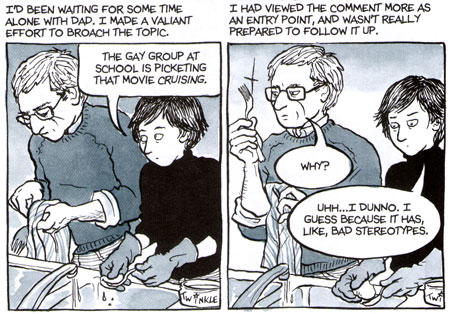In the book “The Shawl” by Cynthia Ozick there seem to be certain people and objects that are major symbols that are mentioned throughout the novel. In this book it seems as if there are two significant symbols which are Magda and the shawl. The book is titled The Shawl because one unique shawl seems to play an important role from the beginning to the end. Magda, who is Rosa’s baby girl who had died while residing in the camps, seem to be an important and big symbol in the book as well.
Even though Magda dies in the first story of the book, Rosa still seems to write to her and make believe things about her. Rosa makes Magda out to be all these things that in reality Magda can never be because she is no longer living. For example, “To her daughter Magda she wrote in the most excellent literary polish.” Rosa was writing to Magda long after she was dead trying to keep Magda alive in her mind but in reality she is gone forever. When reading the paragraph where Rosa mentioned Magda I felt that Rosa uses Magda as a memory that symbolizes the past and what she had been through. Magda is the sad past that Rosa just can’t seem to let go of. Magda is used in the book as a false sense of hope and comfort. Even though it is putting Rosa in a comfort zone pretending Magda is alive, it is becoming an unhealthy way to cope with events that happened in her life. Another major symbol is the shawl itself. Throughout the book Rosa holds on to the shawl because it also symbolizes the past. Rosa holds on to it when Magda was a live she holds on to it when she dies and she continues to keep it.
There are so many symbols in the novel “The Shawl” that represents more than what they seem. Magda and the Shawl are two prime examples of symbols with a deeper meaning.



